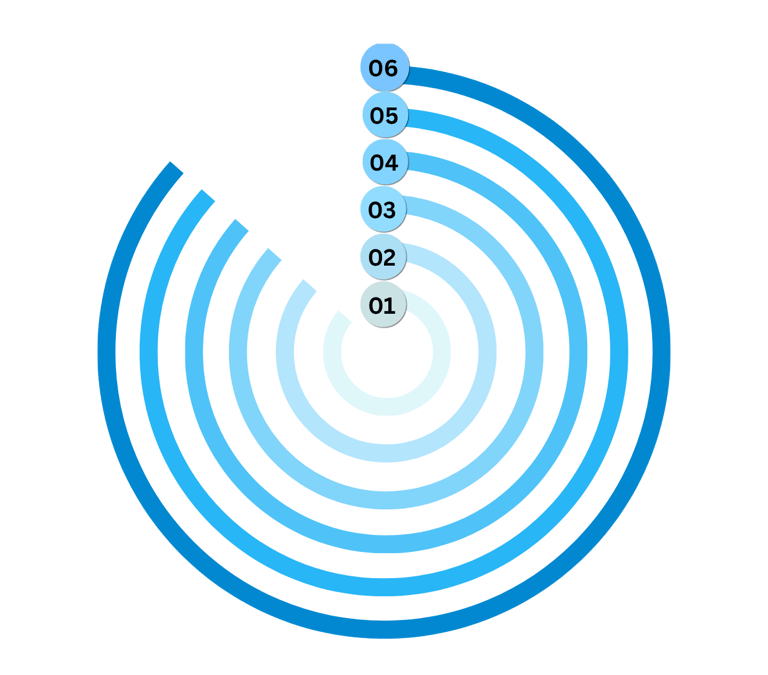
DISCHARGE PATIENT FEEDBACK
Inpatients stay longer and interact with multiple departments and staff. That makes it essential to track their experience throughout. By collecting feedback during their stay, you can resolve discomfort, delays, or service gaps in real time—leading to better care and stronger patient trust.
Understand the Full Experience—Right After Discharge
Once discharged, patients can reflect on their entire experience—from admission to final instructions. Their feedback reveals whether they left with trust and clarity—or with doubts, discomfort, or gaps in care.
Retour’s Discharge Feedback System captures these reflections shortly after the patient leaves, ensuring the insights are still fresh. This not only helps resolve any loose ends but also gives your team the chance to improve how patients transition out of the hospital.
It’s a key opportunity to show patients that your care doesn’t end at the point of discharge.



Key Features
1
Automated Post-Discharge Feedback: Telecallers reach out to patients after discharge, and automated SMS/email links are sent to collect feedback within hours—ensuring high response rates and timely insights.
2
Journey-Based Feedback Collection: Patients are asked about all stages of their stay—admission, communication, medical care, staff interaction, discharge clarity, and more.
3
Sentiment and Concern Tagging: Feedback is scanned for positive appreciation and critical concerns. Complaints are flagged and routed to the relevant departments for resolution.
4
Performance Trends and Reports: Filter feedback data by date, department, or discharge type (regular/LAMA/DAMA) to understand trends, root causes, and areas of improvement.
6
5
Benefits
Spot and Fix Gaps in Discharge Process: Use patient feedback to identify confusion, delays, or missed instructions—then streamline your discharge protocols for smoother exits.
Complete the Care Journey Strongly: Ensure patients leave with clarity, closure, and a positive final impression—reinforcing trust even after they walk out.
Support Safer Recovery After Discharge: Identify and address concerns after discharge to help patients recover with confidence—reducing avoidable revisits caused by confusion or service gaps.
Strengthen Department-Level Accountability: Route feedback to relevant teams so each department understands and improves their role in the overall patient experience.
Boost Hospital Reputation: When patients know they’re heard even after discharge, they’re more likely to return, refer others, and speak positively about your care.
Encourage a Culture of Follow-Through: Tracking feedback and acting on it after discharge builds credibility—and fosters a hospital culture that truly values patient voices.


Feedback Routing and Visibility: All inputs flow into Retour’s live dashboards—visible to admins and concerned departments—helping teams act on specific service gaps or strengths.
Recognition and Closure Flow: Positive feedback is highlighted for departments, while critical feedback is tracked until resolved—closing the loop with patients where necessary.
Discharge should mark the end of treatment—but not the end of care.
With Retour’s Discharge Feedback System, you get to hear their final thoughts, act where needed, and continue building a reputation for care that lasts.
Our services
Our services are designed to capture patient feedback and complaints through various convenient channels such as direct in-person communication, telephonic conversations, feedback forms, mobile apps, emails, and online portals. This multi-channel approach ensures that patients can comfortably share their experiences and concerns in the way that suits them best.
Through Executive


Executive feedback captures patient experiences directly from hospital executives, enabling quick issue identification and service improvement.




Through Telecaller
Telecaller feedback captures patient experiences through follow-up calls, helping identify concerns and improve service quality efficiently.
Patients can share their feedback or raise concerns by calling the dedicated helpline or the hospital’s contact number, ensuring quick and accessible support.
